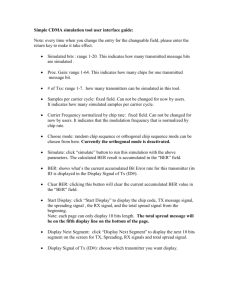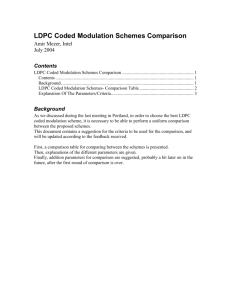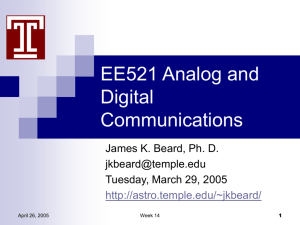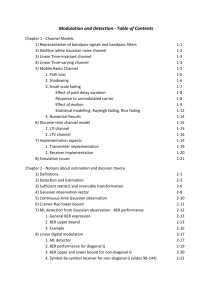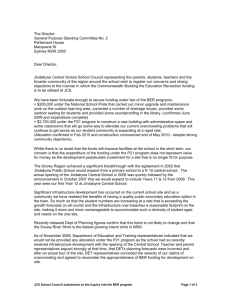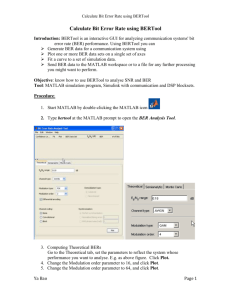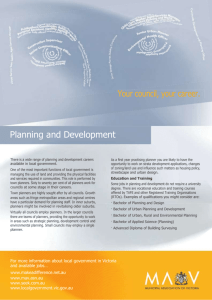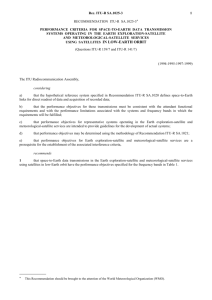System Signatures the way forward
advertisement
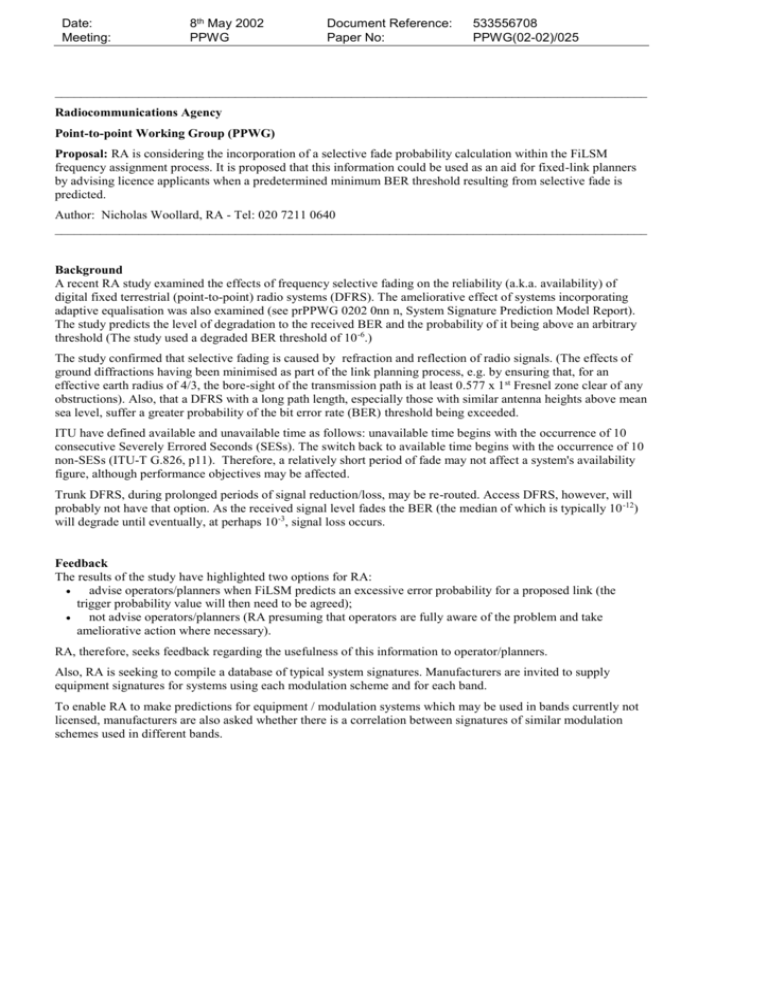
Date: Meeting: 8th May 2002 PPWG Document Reference: Paper No: 533556708 PPWG(02-02)/025 ____________________________________________________________________________________________ Radiocommunications Agency Point-to-point Working Group (PPWG) Proposal: RA is considering the incorporation of a selective fade probability calculation within the FiLSM frequency assignment process. It is proposed that this information could be used as an aid for fixed-link planners by advising licence applicants when a predetermined minimum BER threshold resulting from selective fade is predicted. Author: Nicholas Woollard, RA - Tel: 020 7211 0640 ____________________________________________________________________________________________ Background A recent RA study examined the effects of frequency selective fading on the reliability (a.k.a. availability) of digital fixed terrestrial (point-to-point) radio systems (DFRS). The ameliorative effect of systems incorporating adaptive equalisation was also examined (see prPPWG 0202 0nn n, System Signature Prediction Model Report). The study predicts the level of degradation to the received BER and the probability of it being above an arbitrary threshold (The study used a degraded BER threshold of 10 -6.) The study confirmed that selective fading is caused by refraction and reflection of radio signals. (The effects of ground diffractions having been minimised as part of the link planning process, e.g. by ensuring that, for an effective earth radius of 4/3, the bore-sight of the transmission path is at least 0.577 x 1 st Fresnel zone clear of any obstructions). Also, that a DFRS with a long path length, especially those with similar antenna heights above mean sea level, suffer a greater probability of the bit error rate (BER) threshold being exceeded. ITU have defined available and unavailable time as follows: unavailable time begins with the occurrence of 10 consecutive Severely Errored Seconds (SESs). The switch back to available time begins with the occurrence of 10 non-SESs (ITU-T G.826, p11). Therefore, a relatively short period of fade may not affect a system's availability figure, although performance objectives may be affected. Trunk DFRS, during prolonged periods of signal reduction/loss, may be re-routed. Access DFRS, however, will probably not have that option. As the received signal level fades the BER (the median of which is typically 10 -12) will degrade until eventually, at perhaps 10-3, signal loss occurs. Feedback The results of the study have highlighted two options for RA: advise operators/planners when FiLSM predicts an excessive error probability for a proposed link (the trigger probability value will then need to be agreed); not advise operators/planners (RA presuming that operators are fully aware of the problem and take ameliorative action where necessary). RA, therefore, seeks feedback regarding the usefulness of this information to operator/planners. Also, RA is seeking to compile a database of typical system signatures. Manufacturers are invited to supply equipment signatures for systems using each modulation scheme and for each band. To enable RA to make predictions for equipment / modulation systems which may be used in bands currently not licensed, manufacturers are also asked whether there is a correlation between signatures of similar modulation schemes used in different bands.
